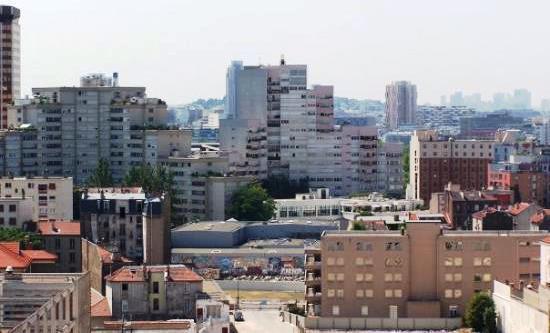The most deprived community in France is expected to experience significant revitalization and redevelopment, now the city is in line to host the 2024 Olympics.
Seine-Saint-Denis is located to the northeast of Paris. It has a surface area of only 236 km², making it one of the smallest departments in France. Seine-Saint-Denis and two other small departments, Hauts-de-Seine and Val-de-Marne, form a ring around Paris, known as the Petite Couronne (“little crown”). They form, together with Paris, the area of Greater Paris since January 1st 2016.
Thousands of homes, plus a new swimming center, will be built in Seine-Saint-Denis to serve the games, and to serve the local residents after the Olympics end.
The post-games legacies of the Olympics are decidedly mixed. Before London did likewise, Sydney, NSW, Australia used their Olympics in 2000 to repurpose, renew, and reconnect a large post-industrial area of brownfields into a thriving new mixed-use, sports-oriented suburb.
Mexico City was also one of the smart ones, using their 1968 games to create a world-class transit system that’s been expanding and constantly renovating ever since, as we described here. Starting with about 8 miles of track, the Mexico City system is now over 140 miles long, and serves over 1.6 billion passengers annually.
Athens, Greece, on the other hand, blew their opportunity in 2004 through a toxic combination of incompetent planning and widespread corruption. The vast areas of derelict, abandoned facilities are only now starting to be repurposed and renewed, as we describe here.
Rio de Janeiro, Brazil unfortunately chose to follow the Greek model with their 2016 games, as we described here, here, and here.
Tony Estanguet, co-chair of Paris’ Olympic bid, says he was inspired by the urban regeneration experienced by London‘s poor East End as a result of their 2012 Olympics: “We looked at the success of the games in London and for sure, the fact that London succeeded in leaving a strong legacy, a physical legacy in the east of London, was very important for us.”
The poorest of France’s 101 mainland “departments”, Seine-Saint-Denis is a drab expanse of ugly grey suburbs, derelict factories, and dire poverty.
“Bearing in mind the symbolic and real divides which there sometimes still are between Paris and its suburbs, this young, working class place, with young people of all colors and all origins allows us to say to the IOC that these games are a wonderful opportunity to show that Paris is bigger than Paris,” Stephane Troussel, president of Seine-Saint-Denis, told Reuters.
The Paris games have a relatively small budget when compared to other recent games: about 7 billion euros ($8.27 billion). Even so, two permanent new redevelopments, both of Seine-Saint-Denis, will remain as the legacy of the 2024 Olympics.
Photo of Seine-Saint-Denis via Russian TripAdvisor.

